What size & type burner to replace older gas,typical burner with?
julieste
11 years ago
Featured Answer
Comments (12)
julieste
11 years agolast modified: 9 years agocooksnsews
11 years agolast modified: 9 years agoRelated Professionals
Agoura Hills Kitchen & Bathroom Designers · El Dorado Hills Kitchen & Bathroom Designers · Hemet Kitchen & Bathroom Designers · Hybla Valley Kitchen & Bathroom Designers · Oneida Kitchen & Bathroom Designers · Plymouth Kitchen & Bathroom Designers · Salmon Creek Kitchen & Bathroom Designers · Normal Kitchen & Bathroom Remodelers · Ewa Beach Kitchen & Bathroom Remodelers · Saint Helens Kitchen & Bathroom Remodelers · Sweetwater Kitchen & Bathroom Remodelers · Crestline Cabinets & Cabinetry · Indian Creek Cabinets & Cabinetry · Newcastle Cabinets & Cabinetry · Wheat Ridge Cabinets & Cabinetryjulieste
11 years agolast modified: 9 years agojwvideo
11 years agolast modified: 9 years agojulieste
11 years agolast modified: 9 years agodeeageaux
11 years agolast modified: 9 years agodeeageaux
11 years agolast modified: 9 years agowekick
11 years agolast modified: 9 years agojulieste
11 years agolast modified: 9 years agojwvideo
10 years agolast modified: 9 years agojulieste
10 years agolast modified: 9 years ago
Related Stories
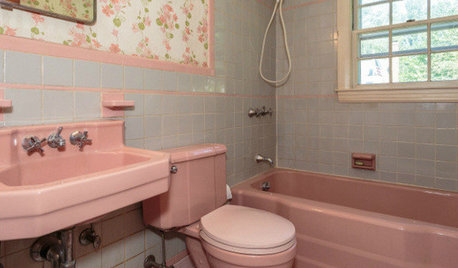
BATHROOM COLOR8 Ways to Spruce Up an Older Bathroom (Without Remodeling)
Mint tiles got you feeling blue? Don’t demolish — distract the eye by updating small details
Full Story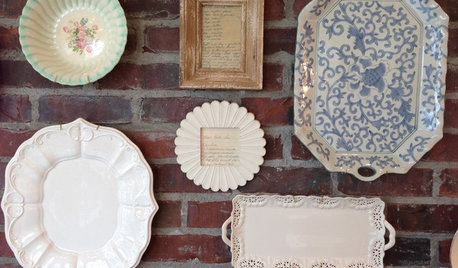
DIY PROJECTS10 Home Projects to Work On Over Your Holiday Weekend
Make the most of your time windfall by accomplishing one of your back-burner tasks
Full Story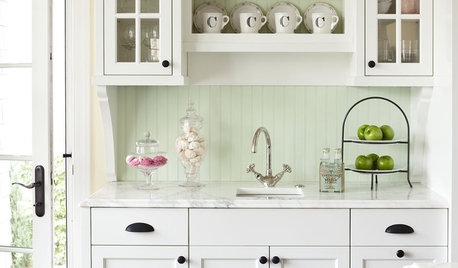
KITCHEN DESIGNModernize Your Old Kitchen Without Remodeling
Keep the charm but lose the outdated feel, and gain functionality, with these tricks for helping your older kitchen fit modern times
Full Story
LIVING ROOMSHow to Convert Your Wood-Burning Fireplace
Learn about inserts and other options for switching your fireplace from wood to gas or electric
Full Story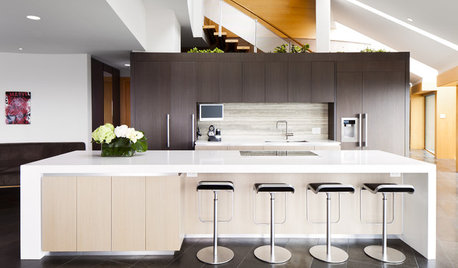
DECORATING GUIDESEasy Reference: Standard Heights for 10 Household Details
How high are typical counters, tables, shelves, lights and more? Find out at a glance here
Full Story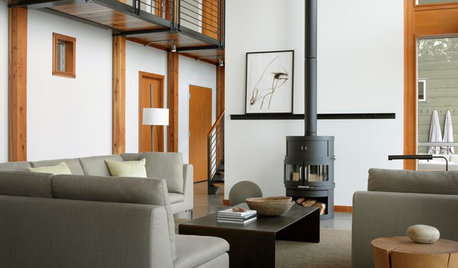
REMODELING GUIDESClean-Burning Woodstoves Ignite a Greener Heating Trend
No need to rely on oil or gas to heat your home — new woodstove designs burn cleanly and are beautiful to boot
Full Story
KITCHEN APPLIANCESFind the Right Cooktop for Your Kitchen
For a kitchen setup with sizzle, deciding between gas and electric is only the first hurdle. This guide can help
Full Story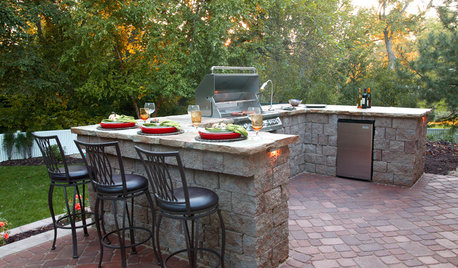
OUTDOOR KITCHENSYour Guide to Grills and More for Great Outdoor Cooking
Learn the pros and cons of gas versus charcoal grills, and about neat add-ons that let you do more
Full Story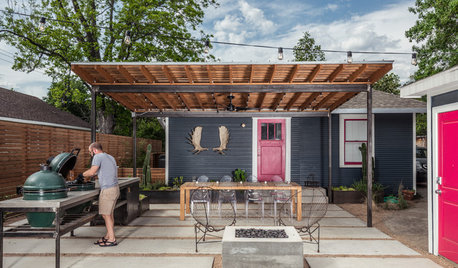
OUTDOOR KITCHENSHouzz Call: Please Show Us Your Grill Setup
Gas or charcoal? Front and center or out of the way? We want to see how you barbecue at home
Full Story
FIREPLACESRibbons of Fire: 10 Artfully Minimalist Fireplaces
Long and lean and sleek to the core, these gas-burning fireplaces make a powerful contemporary statement
Full Story





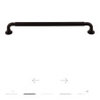

sssiwek